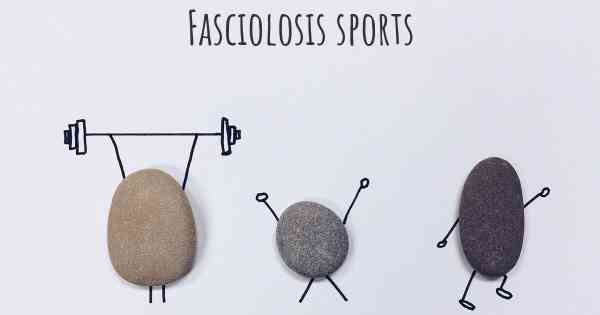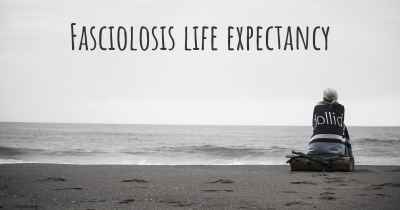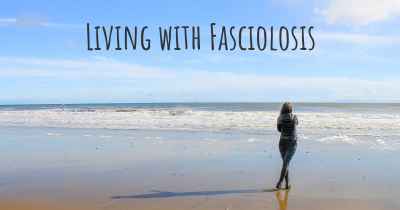Is it advisable to do exercise when affected by Fasciolosis? Which activities would you suggest and how intense should they be?
See if it is advisable for people with Fasciolosis to practice sports and which ones are the most recommended if you have Fasciolosis

Fasciolosis is a parasitic infection caused by the liver fluke Fasciola hepatica. It primarily affects the liver and can lead to various symptoms such as abdominal pain, fever, nausea, and fatigue. When dealing with any illness or infection, it is important to consider the impact of exercise on the body and whether it is advisable or not.
When affected by Fasciolosis, it is generally not advisable to engage in intense exercise due to the potential strain it can put on the liver and the overall weakened state of the body. The infection itself can cause fatigue and weakness, and engaging in vigorous exercise may exacerbate these symptoms and delay the recovery process.
However, light to moderate exercise can have some benefits for individuals affected by Fasciolosis. It is important to listen to your body and consult with a healthcare professional before starting any exercise regimen. Here are some suggested activities:
- Walking: Walking is a low-impact exercise that can help improve circulation, maintain muscle tone, and boost overall well-being. Start with short walks and gradually increase the duration as tolerated.
- Yoga or stretching: Gentle stretching exercises or yoga can help improve flexibility, reduce muscle tension, and promote relaxation. Avoid any poses or stretches that put strain on the abdomen or liver area.
- Swimming: Swimming is a great low-impact exercise that provides cardiovascular benefits without putting excessive strain on the body. It can also help alleviate joint pain and improve overall muscle strength.
- Light resistance training: Incorporating light resistance exercises using bands or light weights can help maintain muscle tone and strength. However, it is important to avoid heavy lifting or exercises that strain the abdominal area.
Regardless of the chosen activities, it is crucial to listen to your body and not push yourself too hard. Pay attention to any symptoms or discomfort during or after exercise, and adjust the intensity or duration accordingly. It is also important to stay hydrated and maintain a balanced diet to support the body's healing process.
Remember, rest and recovery are equally important when dealing with any infection or illness. Allow your body the time it needs to heal and regain strength. If you experience severe symptoms or have concerns about exercising with Fasciolosis, it is always best to consult with a healthcare professional for personalized advice.








